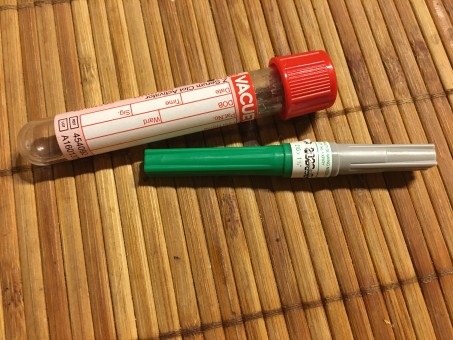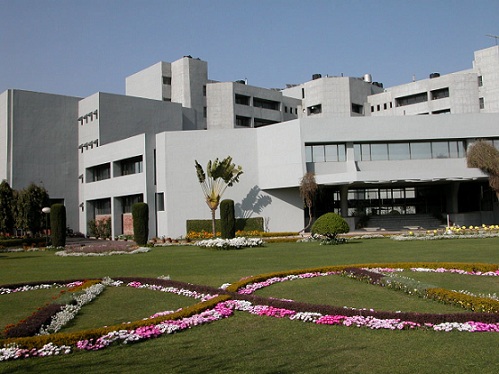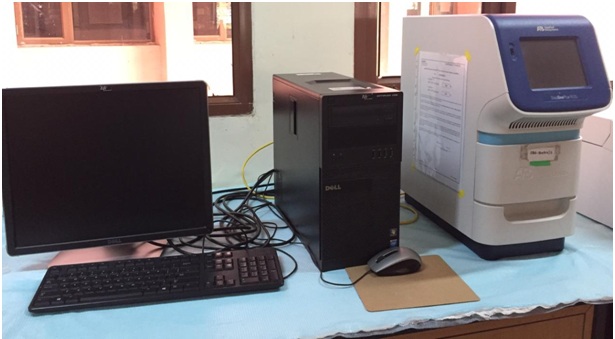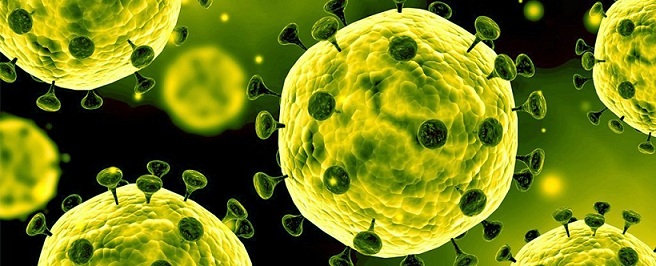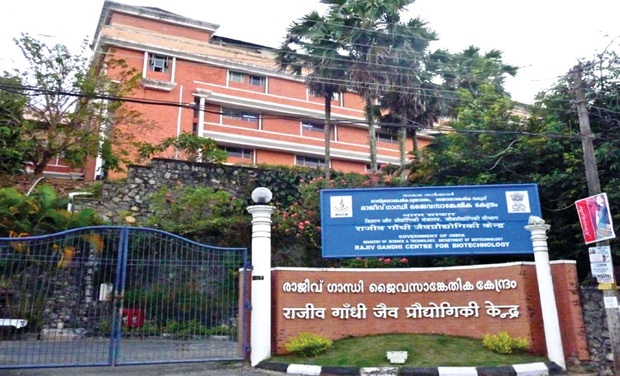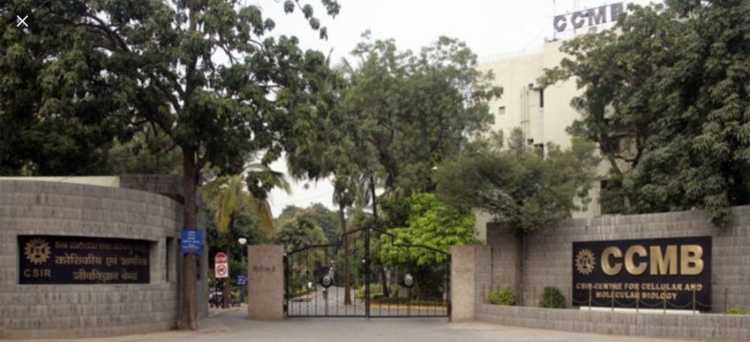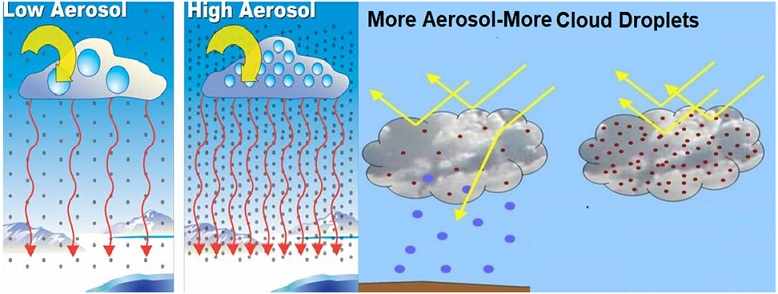
Indian Institute of Tropical Meteorology (IITM), Pune, has been contributing to the understanding of the complexities involved in Earth’s weather and global climate through a wide range of studies. In a first-ever significant study conducted by IITM, Pune, it was attempted to understand the role of the droplet size on Cloud Droplet Size Distribution (CDSD) and its effects on the radiation budget.
Contrary to the belief that the warming of the Arctic climate and decreases in the area and thickness of sea ice is caused by greenhouse gases only, this study provides an insight into the indirect effect of aerosol-cloud interaction in the global climate system. Aerosols can enhance the long-wave thermal emissivity of thin water clouds and produce positive forcing. Besides this, more number of cloud droplets with a smaller size can suppress the precipitation efficiency by enhancing the cloud lifetime and cloud thickness. These effects are called aerosol indirect effects (AIE), which continue to be a major uncertainty in climate change.
Scientists suggest that aerosols decrease the amount of solar radiation reaching the land surface by suppressing precipitation, which causes less available heat for evaporating the water and hindering the process of invigorating stronger convective rain clouds. Moreover, a higher concentration of anthropogenic aerosols with different chemical composition and sources can contribute to cloud droplets of different sizes and broadens the spectral width. The changes in the spectral shape of cloud droplet size distributioncanbe represented by spectral dispersion, which plays a significant role in determining cloudradiative fluxes. An increase in the relative dispersion can enhance the warming effect.
Scientists suggest that aerosols decrease the amount of solar radiation reaching the land surface by suppressing precipitation, which causes less available heat for evaporating the water and hindering the process of invigorating stronger convective rain clouds.
In this study, the IITM team used ground-based in-situ measurements to study the Aerosol Indirect Effects (AIE) on cloud microphysical properties, and their effect on cloud albedo is quantitatively derived. They found that the relative dispersion is less when the cloud lower Liquid Water Content (LWC) is less. And this relative dispersion seems to increase with increasing LWC up to a certain limit.
This study showed further evidence that dispersion effect needs to be considered for the estimation of AIE using cloud droplet number concentration. Further, for the first time in India, the relative contribution by the smaller and medium-size droplets to the total dispersion of cloud droplet size distribution at lower and higher LWC bins were investigated.
“The key understanding of this study is the impact of aerosol on CDSD and the droplet size regime contributing to the total dispersion at different cloud LWC conditions. Along with the existing understanding of dispersion effect, this new methodology provides a different perspective on dispersion as a combined effect of cloud droplets of different sizes, which can help to understandthe uncertainties involved in AIE estimation,” said Dr. Pandithurai.
Led by G. Pandithurai, the research team comprised of V. Anil Kumar of IITM, Pune, Ministry of Earth Sciences, Kamran Ansariof Center for Basic Sciences, Pt. Ravishankar Shukla University, Raipur. The research paper has been published in the Journal of Atmospheric Research.
India Scienc Wire


